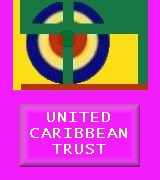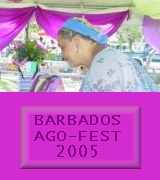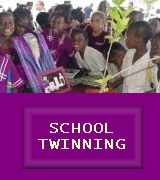
 |
Contact usUnited CaribbeanMulberry Patch
Uniting through travelUniting through musicUniting through schools
 |
home
>> united caribbean trust UNITED CARIBBEAN TRUST-
The silk is a continuous-filament fiber consisting of fibroin protein
secreted from two salivary glands in the head of each larvae, and a gum
called sericin, which cements the two filaments together. Pupae within
cocoons are killed by steam or fumigation to prevent adult emergence,
which would cut and tangle the silk filaments. Cocoons are latter softened
|



|
|
World silk production has approximately doubled during the last 30 years
in spite of man-made fibers replacing silk for some uses. China and Japan
during this period have been the two main producers, together manufacturing
more than 50% of the world production each year. China during the late
1970's drastically increased its silk production and became the world's
leading producer of silk. The 1970's were a period of tumultuous political
and social upheaval in China, resulting in various economic reforms. Undoubtedly,
these reforms are partially responsible for China's increased silk production.
Thus the country that first developed sericulture approximately 4,700
years ago has again become the world's main producer of silk. Some information compliments of http://www.insects.org |
| Copyright © 2022 www.UnitedCaribbean.com. All rights reserved. Disclaimer Click to Contact us |